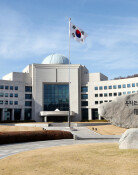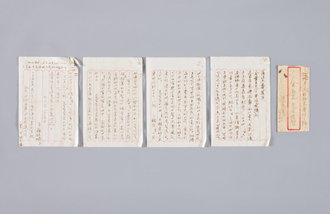Classrooms on Sick Building Syndrome Alert
Classrooms on Sick Building Syndrome Alert
Posted March. 09, 2005 22:39,
Half of the schools in Korea have been found to have more than the standard amount of pollutants that cause sick building syndrome (SBS). As a result, plans are underway to include a regulation of toxic chemicals in the School Health Law, which regulates the indoor environment of the nations schools.
The Seoul Metropolitan Office of Education announced on March 9 that Korea Universitys Research Institute of Health Science surveyed the indoor air quality of the classrooms, computer labs and science labs of five kindergartens and 50 elementary, middle and high schools. Each school was surveyed three times each, and the testing revealed the fact that 31 (56.4 percent) of these schools exceeded the Ministry of Environments standard of volatile organic compounds (VOC).
Airborne bacteria (TBC), which may cause various diseases, is the most serious air contaminant in a classroom environment.
The standard level of TBC is 800CFU/m³, but the schools surveyed had airborne bacterial levels around 1330CFU/m³ in average and one had 5525CFU/m³, six times higher than the norm.
A total of 15 schools (27.3 percent) also exceeded the standard level (0.1ppm) of Formaldehyde (HCHO), an air contaminant contained in building materials such as insulators and paint, and one school had 0.87ppm, which is eight times the allowed level. HCHO can cause coughing, skin disease and rhinitis.
An excess of SBS-causing toxic materials were detected in these schools, especially since 33 of the schools surveyed were less than three years old.
Na-Yeon Lee larosa@donga.com syroh@donga.com







